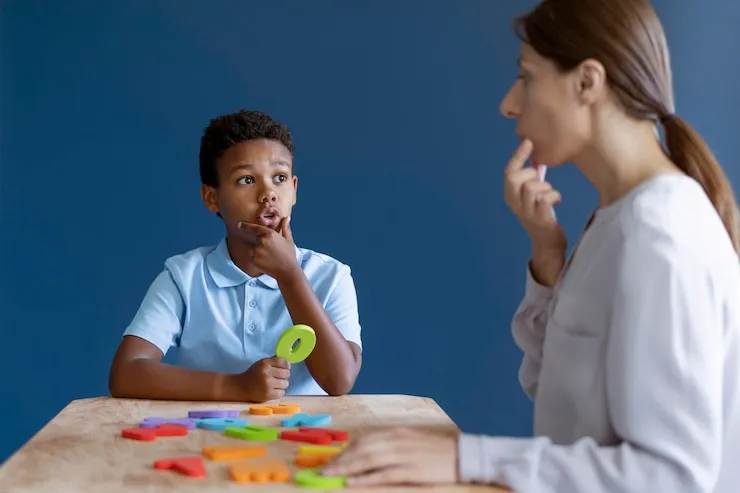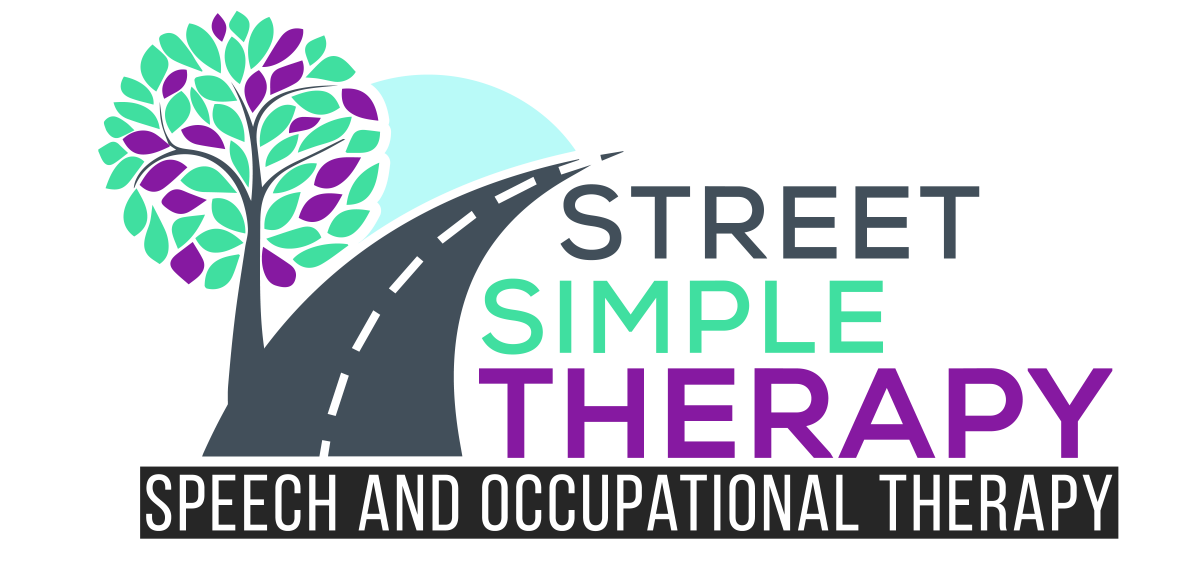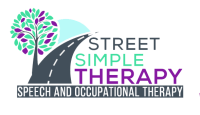Verbal communication is one of the most basic in human beings, but when it comes to expressing themselves orally, some people may find this a major challenge. Motor speech disorder of apraxia may impair speech coordination skills for smooth speech production. The speech disorder is the key area of a child’s apraxia, among many other speech disorders, which is unique because it starts in childhood. This comprehensive guide will cover the complexities of child speech apraxia, focusing on how this type of speech disorder affects children, the diagnostic criteria, therapy approaches, and the critical nature of early intervention.
Understanding Apraxia way of Speech:
Apraxia speech is a neurogenic condition with problems planning and executing a sequence of speech muscle movements. People with apraxia speech may have trouble saying sounds, syllables, and words correctly, and therefore, their speech tends to have nonidentical patterns across different utterances, which affect their articulation. Unlike other speech problems, like dysarthria or phonological disorders, apraxia primarily affects the motor planning function of speech production, while muscle weakness or language comprehension are not involved.

Causes of Apraxia of Speech:
The underlying cause of apraxia speeches is unknown, although it is thought to originate from disruptions in the brain’s neural pathways linked to speech-motor planning and execution. It could be brain injury, stroke, developmental delays, neurological problems like cerebral palsy, or autism spectrum disorder that could be considered. Also, genetic inclinations are thought to contribute to some cases of apraxia.
Diagnosis and Assessment:
The diagnosis of apraxia speech is made as a part of a full assessment by an SLP- trained in neurogenic communication disorders. Evaluation, as a rule, comprises an in-depth study of the medical history, observation of the manner of speech, and standardized testing to assess the ability to produce speech. Key diagnostic features of apraxia speech include:
Key diagnostic features of apraxia speeches include:
- Inconsistent speech errors.
- Difficulty imitating speech sounds.
- Higher rate of mistakes as words and phrases became longer or more complicated.
Childhood Apraxia of Speech:
Speech apraxia of childhood (CAS) is a specific type of apraxia that occurs during early childhood, usually before age 3. Children with CAS usually need help in putting speech movements in order to execute them, manifesting as very inaccurate speech production and low speech intelligibility. CAS, as a speech disorder in children, is distinct from other impairments and demands precise evaluation and intervention techniques designed to meet the needs of affected people.
Speech Therapy Approaches:
Participation in speech therapy is considered the most important treatment method for apraxia speech and childhood apraxia. Approaches of treatment focus on developing motor planning, coordination, and sequencing of speech movements through specific exercises and relevant activities. Types of multisensory methods, like PROMPT (Prompts for Restructuring the Oral Muscular Phonetic Targets), usually provide touch cues and feedback to help with accurate speech production. The motor-oriented strategies, such as the Kaufman Speech to Language Protocol that employ the repetitive practice and shaping technique, focus on the development of speech motor skills.
Early Intervention:
Speech apraxia treatment should be done early and well to increase the chances of good long-term outcomes. The capacity of clinicians to diagnose apraxia in young children will enable them to offer speech therapy that can take care of the individual situations of children when the problem arises. Parents and carers are the alpha and omega in the treatment process; they implement the methods given by a speech therapist, practice more to accelerate progress, and create a receptive atmosphere at home.
1. What is the nature of speech problems seen in children regarding their presenting symptoms in speech apraxia?
– Bad pronunciation, inarticulate echolalia, and inability to comprehend sentences and phrases of more than a word or two are indications of poor utilization by the learner.
2. What is used in childhood diagnosis of speech apraxia?
– Diagnosis is being done t based on a broad evaluation of a speech-language pathologist. It includes reviewing the patient’s medical history, observing the patient speaking and behaving directly, and administering standardized assessments.
3. How can parents use some strategies at home to deal with apraxia in their children?
– Parents can use speech therapy techniques based on what is taught, such as regularly set practice sessions, use of visual aids, and giving speech drills.
Summary: Speech or apraxia greatly limits the communicative function of a person. People with apraxia can achieve better production of speech. They can be better communicators through early diagnosis, the speech therapists’ specialist intervention, and ongoing assistance from parents and caregivers. We accomplish this objective by interfacing in public education and endorsing comprehensive examination and therapeutic measures. Thus, in this way, the people who have apraxia will be able to reach their full potential to succeed with their communication pathways.
Speech therapy builds confidence, reduces anxiety and frustration, and improves clients’ and families’ overall quality of life. Are you looking for a skilled and compassionate therapist? Then contact Street Simple Therapy. Please don’t hesitate to call us at any moment.


